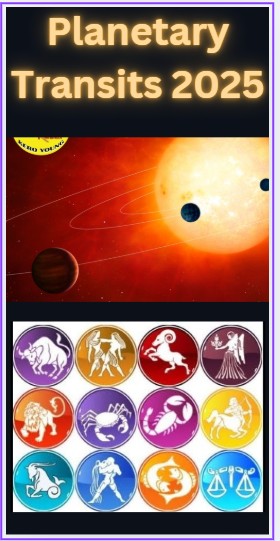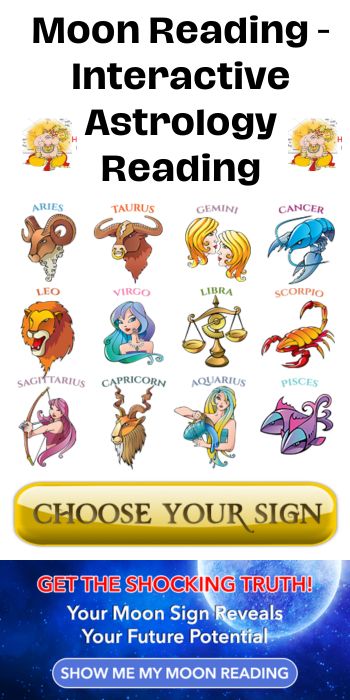Imagine witnessing a planet crossing the face of the Sun! Planetary transits offer a rare and stunning celestial spectacle. They link us to history. In 2025, some events will occur that capture the attention of skywatchers. Prepare for an astronomical journey as we explore the transits and alignments of 2025. This guide provides everything you need. We’ll learn how to observe these events.
Mercury Transits in 2025: Dates, Times, and Visibility
Keep an eye out for Mercury transits. They’re special! Mercury will zoom across the Sun’s face. This is a big deal, since it only happens about 13 times each century. Don’t miss this opportunity.
Exact Dates and Times of the Transit
Mark your calendars. The Mercury transit will occur on November 7, 2025. The event begins at 10:27 UTC. It ends at 16:04 UTC. To convert to your local time, use an online time converter.
Best Viewing Locations and Equipment
Where can you see it best? North America, South America, and parts of Europe are ideal. Remember safety! You’ll need a telescope with a special solar filter. Looking directly at the sun is dangerous. Never do it without the proper equipment. A solar filter blocks harmful rays.
How to Observe a Mercury Transit Safely
Protect your eyes. Use a telescope with a certified solar filter. Projection methods work too. Point your telescope at a white screen. View the image of the Sun there. Check that your solar filter meets safety standards. Reputable brands provide reliable protection.
Venus Transits: Why 2025 Won’t See One (But When Will the Next Occur?)
Venus transits are rare. Don’t expect to see one in 2025. These events are more special because of the long periods between them.
The Rarity of Venus Transits Explained
Why so rare? It’s about orbital mechanics. Venus’ orbit is tilted. This means it usually passes above or below the Sun from our perspective. Transits happen in pairs, eight years apart. Then there’s a long break.
Historical Significance of Venus Transit Observations
Venus transits helped astronomers. They calculated the astronomical unit using observations of the transit. This is the distance between Earth and the Sun. Edmond Halley saw this potential in the 1700s.
When Can We Expect the Next Venus Transit?
Get ready to wait. The next Venus transit is on December 8, 2117. That’s a long way off!
Other Notable Planetary Alignments and Occultations in 2025
2025 will have other cool things too. Look for planetary alignments and occultations. These events provide great viewing.
Conjunctions: Close Encounters in the Sky
Watch for conjunctions. These are close gatherings of planets. On March 20, 2025, Venus and Jupiter will appear close. Look low in the western sky after sunset to see them. Binoculars can enhance the view.
Occultations: When One Celestial Body Hides Another
An occultation will occur on July 12, 2025. This can be seen from parts of Asia. Check astronomy websites. Confirm the visibility for your area.
Meteor Showers in 2025: A Complement to Planetary Viewing
Combine meteor showers with planet watching. The Perseids peak around August 12th each year. This is a great time to be outside. Look for shooting stars while viewing planets.
Understanding the Science Behind Planetary Transits
Transits reveal planetary motion. They use some key scientific ideas to work. Let’s explore the science behind it.
Kepler’s Laws and Planetary Motion
Kepler’s laws explain planetary motion. These laws govern how planets move around the Sun. The laws describe elliptical orbits and speeds. These principles help astronomers predict transits.
Using Transits to Discover Exoplanets
Transits find exoplanets. When a planet crosses its star, it dims the light slightly. Astronomers measure this dimming. That’s how they find planets around distant stars.
Calculating Transit Times and Frequencies
Calculating transits involves math. Astronomers use complex equations. They account for planetary orbits and positions. Software helps with calculations. They get transit predictions.
Gear Up for 2025: Tools and Resources for Stargazers
Good gear makes stargazing fun. Find the right tools. Enhance your viewing experience.
Telescopes and Binoculars: Choosing the Right Equipment
Pick the right tools. Binoculars work well for wide views. Telescopes offer more magnification. A small telescope shows Mercury during its transit. Make sure to use a solar filter.
Stargazing Apps and Software
Stargazing apps are useful. They help you locate planets. Apps show you what’s in the sky. SkyView and Star Walk are popular choices.
Online Resources for Transit Information
Use online resources. NASA and Sky & Telescope offer information. These sites provide transit details. Also, check viewing tips.
Astrological Interpretations of Planetary Transits (Optional)
Some people find meaning in astrology. Here’s how transits can be seen through that lens. Remember, this is for entertainment.
The Symbolism of Mercury Transits in Astrology
Astrologers see Mercury as communication. A Mercury transit can be a time for reflection. Think about how you send or get information.
Astrological Significance of Other Planetary Alignments
Conjunctions have meaning too. They might be times when energies blend. Each planet brings its own influence. It makes for interesting insights.
Conclusion
2025 promises some amazing celestial shows. You can see Mercury zip across the Sun. You might catch planets lining up. Remember to stay safe when looking at the Sun. Explore the sky. Share what you see!



Leave a Reply